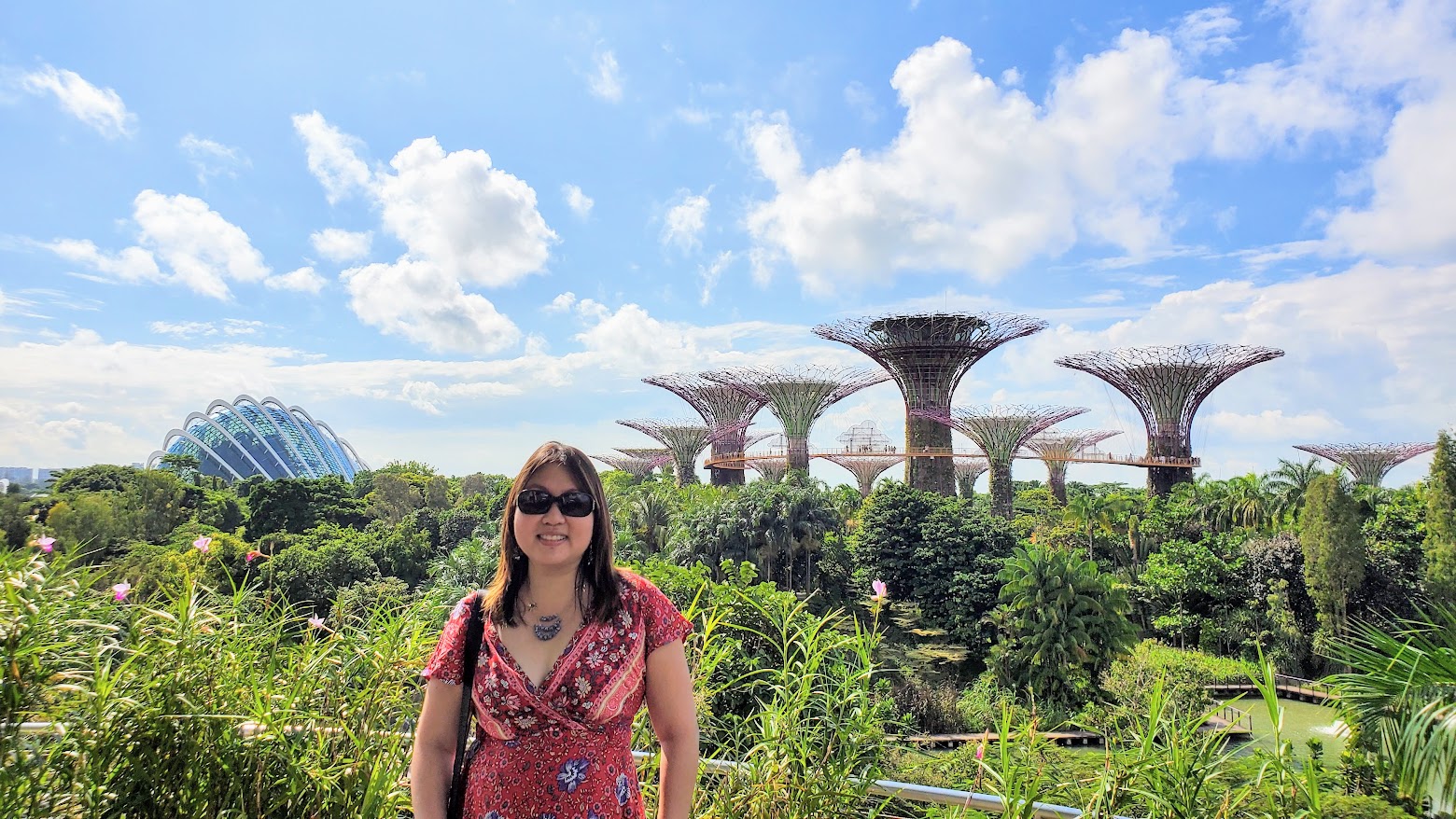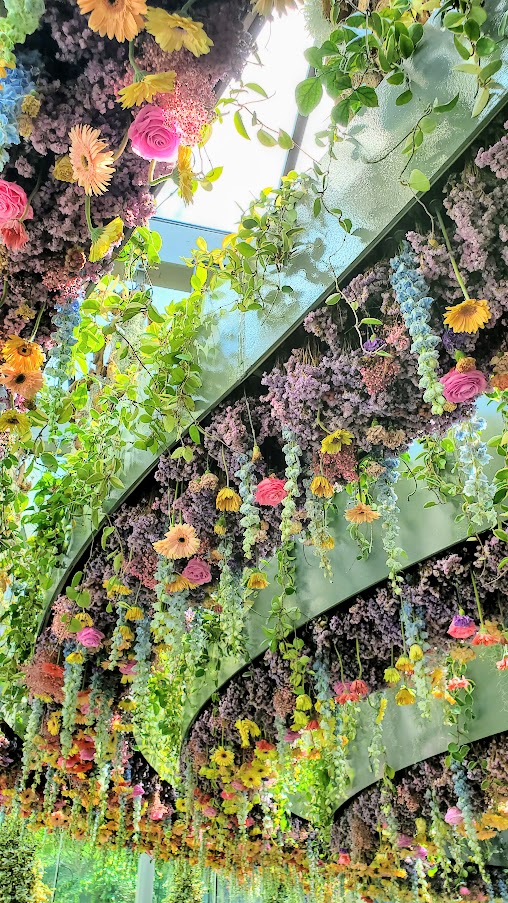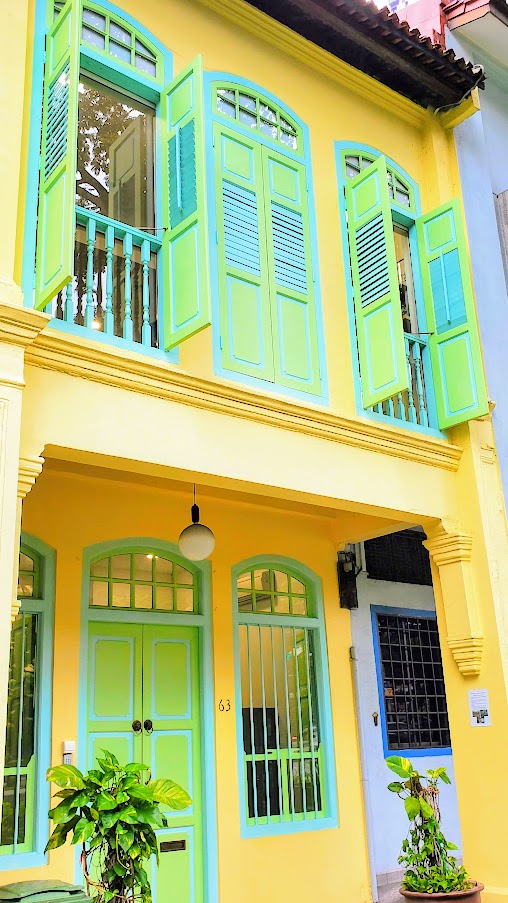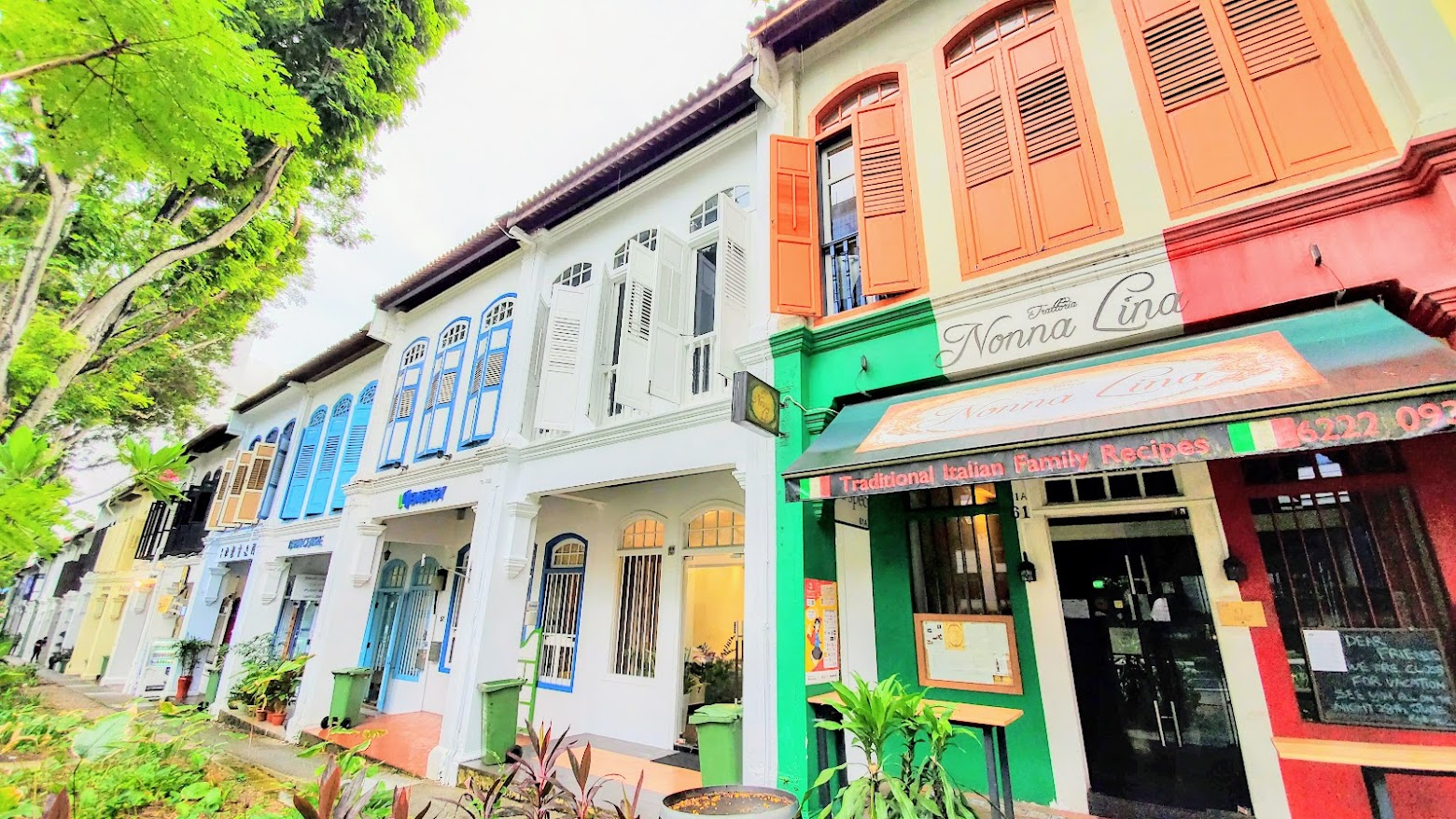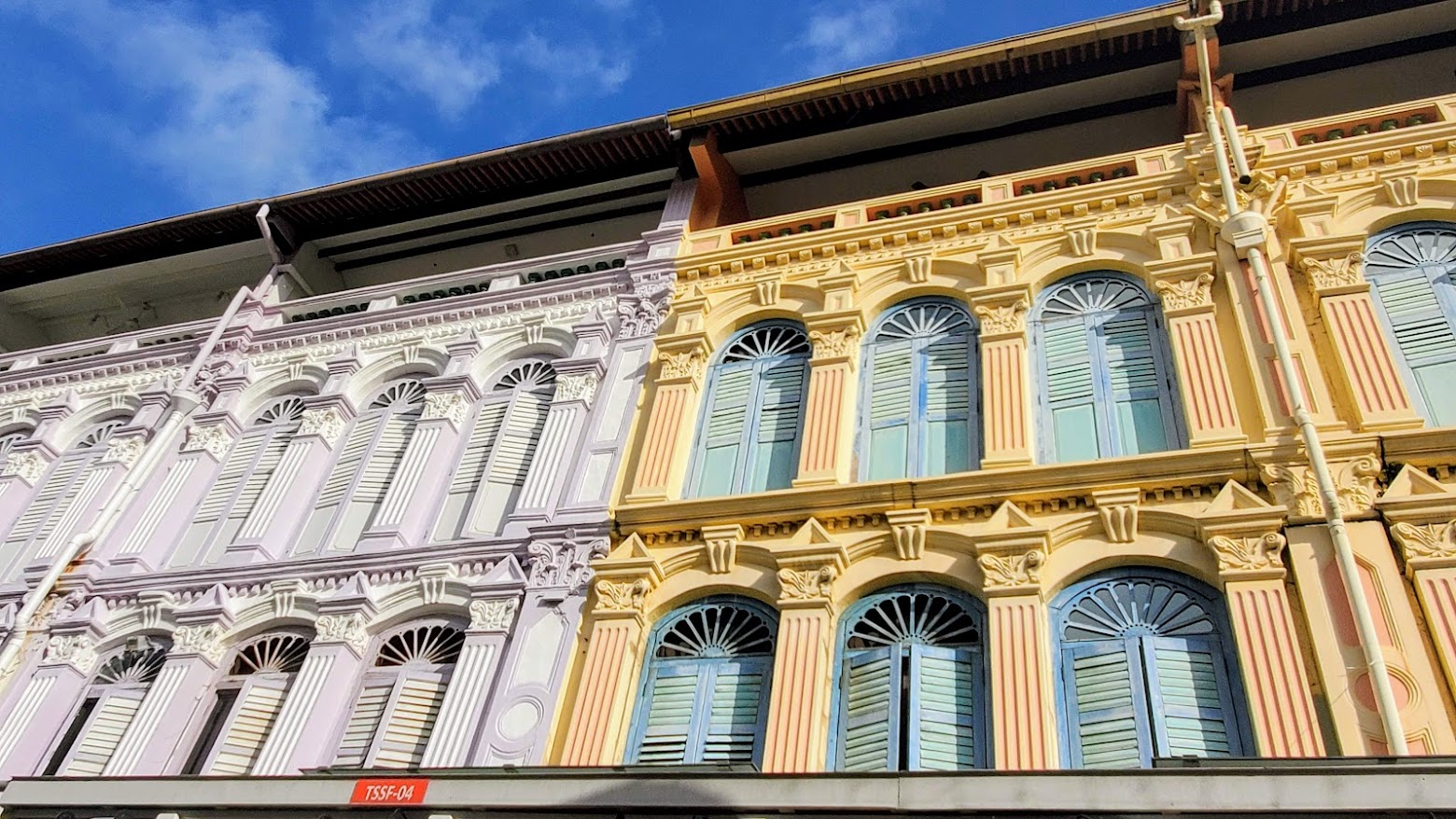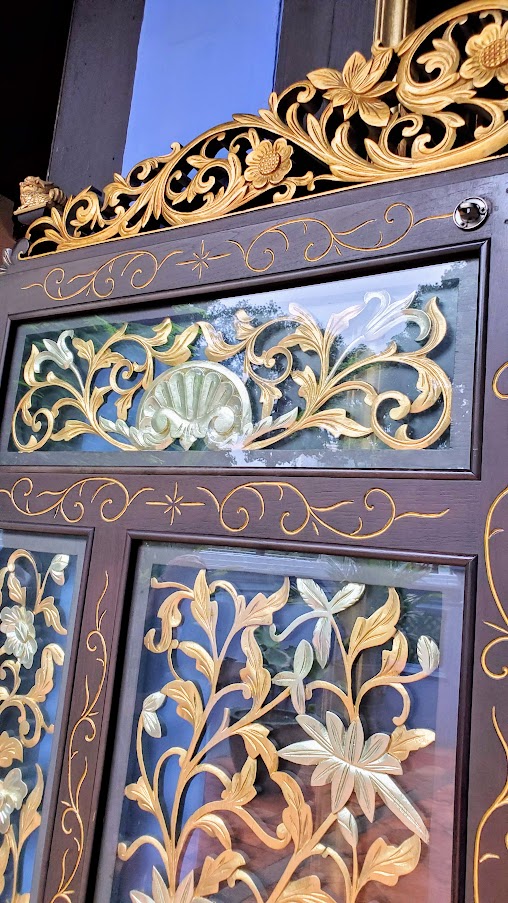Earlier this year in April, a new building named Jewel Changi Airport opened that makes visiting Changi Airport intriguing even for non-travelers, not just those waiting for their flight. With all the things to do and things to eat and drink, the addition of this building continues to solidify Changi as the benchmark world’s best airport. Here are some of my pointers of all of what you might want to see when you are visiting Changi Airport based on my visit and researching June 2019.

First, you should know that the Jewel building has walkways that connect it directly to Terminals 1, 2, and 3 – just look for signs showing you where to go. The only way to get between Jewel and Terminal 4 are shuttle buses between T4 and T2. Jewel is open 24 hours as a building, but not all attractions or restaurants may be open (most are open 10 AM – 10 PM).

If you have luggage, check in and get rid of your luggage first for ease of enjoying your time. If you just came out of a plane, baggage storage is available (and required for some of the attractions that don’t allow the bags) on level 1 of Jewel or any of the terminals. Note that if you are connecting that going out to Jewel does require going through immigration/out of the secure area.
You can get a glimpse of Jewel without exiting post-security by riding the Skytrain between Terminal 2 and 3 since it passes through Jewel. This may be important if you are on a layover and want to sign up for one of the free Singapore tours available, which you must sign up for without exiting security and which will take up your one exit/entrance from the airport to Singapore.
Free Wi-fi, wheelchairs and strollers (with a refundable deposit), and even power banks (free for the first 12 hours) are also available.
FYI the list that follows are my highlights, for a full list of attractions for each terminal check out the Changi Airport website here. Note, I find the printed maps they have for each terminal pretty terrible because the maps are really small and they don’t have much description so really recommend instead to use online maps.
Things To Do that are Free
[Read more…]











